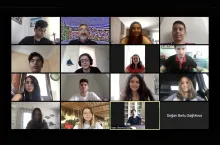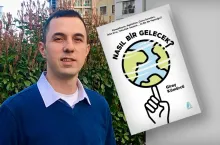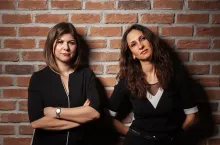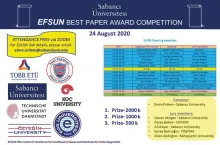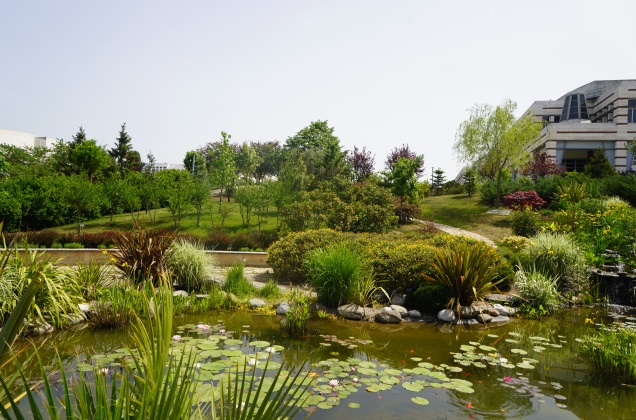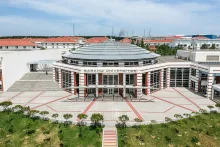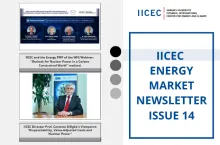25/08/2020
The Sabancı University Summer High School, held online for the first time this year, brought together students from all over Turkey and the world.

Held since 2011 to help high school students between 13 and 17 to prepare for a multicultural university setting and develop themselves in their personal areas of interest, the Sabancı University Summer High School took place online this year. Summer High School was held in two terms from June 29 to July 24, 2020 with 233 students attending from 18 Turkish provinces including Adana, Ankara, Antalya, Bursa, Çanakkale, Denizli, Diyarbakır, Edirne, Eskişehir, Gaziantep, Istanbul, Izmir, Karabük, Kastamonu, Kocaeli, Mersin, Samsun and Sinop, and 6 countries including Canada, North Cyprus, Ukraine, UAE, and United States.
Students chose among more than 40 university courses on natural sciences, engineering, social sciences, art and management, and took part in projects and activities to transform their summer holiday into a learning experience.
A learning experience with strong online interaction
Students learned about fundamental sciences and applications in courses such as Surgical Robots and Biomedical, while exploring how to expand their inquisitive skills and build capacity for imagination. By taking part in special group studies and social responsibility project development processes, students had a learning experience with strong online interaction where they spoke about their projects to the public on social media in plain language.
The Sabancı University Nanotechnology Summer School was held online for the first time this year as well. The Nanotechnology Summer School educated science-minded students on nanotechnology, and presented latest developments and current applications in online courses delivered every day of the week for 2 weeks.
Also offered in the Summer High School were activities on e-sports as a popular field among the youth, titled “The Past and Present of e-sports: History and Turning Points” and “e-sports in Professional Life: Jobs, Earnings and Opportunities”.
Students met online with Sabancı University Vice President of Education Cem Güneri on July 3 and 17, 2020 to ask questions they had about Sabancı University.
Please visit https://liseyazokulu.sabanciuniv.edu/ for more information about Sabancı University Summer High Schools.

